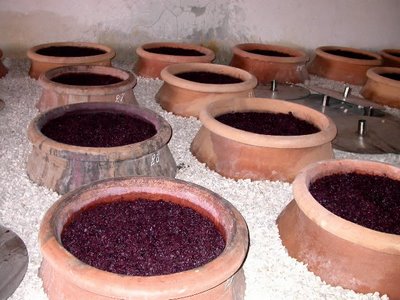 DRINKING HONEY AND IT HAPPENS
DRINKING HONEY AND IT HAPPENS
As the name suggests, it is a drink obtained by fermenting honey with the addition of yeast and water. It is one of the oldest alcoholic beverages produced by our ancestors. The first scenes of picking up wild honey are depicted in wall paintings from the Stone Age. It was enough to add water and wild yeast to the honey… Probably this type of alcohol was created in this way.
In the early culture of the ancient Greeks, Bacchus was first the god of honey, and only then did he become a god of wine. Priestesses sacrificed honey to the goddess Aphrodite, to ensure the favor of lovers. The best liquor was preserved for special celebrations, which took place twice a year.
A little later, the Moors discovered, that honey can serve as an aphrodisiac. Exploring the history of this drink, we find out, that it is not only the oldest known alcohol, but that in almost every ancient civilization it accompanied love relationships. After all, it was from this drink that he took the name "honeymoon" (actually, this name comes from the custom of drinking honey during month-long celebrations, that followed the wedding ceremony).
Mead in its simplest form consists of honey, wild yeast and water; comes in the form of wine and beer, Including. strong but. Worth mentioning, that the Old English word "alu" means "mead" and sounds similar to "but", which indicates a close relationship between the two words. In addition, it proves, that the English are a nation of beer drinkers rather than wine lovers, like Italians or French. Back in the days when honey was the only sweetener, it was just being added to the beer, which was then one of the staple drinks. In the Middle Ages, bad brewers were severely punished, chaining the unfortunates to the chairs set outside the doors of their homes, that all may mock them at will. The tradition of celebrating the birth of a child in the home of a newly minted father survived until the 18th century. The fathers of twins were seated at the first table, with the other - the fathers of one or more children, and on the third – the most modest – childless men. The ceremony was called "sops and ale"; it was an opportunity to drink, eating and raising countless toasts. Certainly, beer brewed on the basis of honey was consumed during the Napoleonic Wars, because it was then that the British Army had problems with maintaining discipline., when the power of the liquor supplied to the soldiers has been reduced from 6 into 4%.
POPULAR WINE
Its definition can be boiled down to the term "wine with a fairly rich aroma – too strong, to call them table, but too weak and not quite aromatic, to call it a dessert ".
This type of wine can be sweet or dry, depending on our preferences. It is a classic example of traditional house wine, produced from vegetables and fruit available at a given time of the year. They were usually served on the occasion of evening meetings with family and friends. Among the recipes, we can find many such, which correspond to the above description. They are most suitable for beginners in the wine craft.
QUALITY WINES
They form a group of alcoholic beverages, which are intended to be the counterpart of a particular type of wine, but not necessarily a specific brand. When making them, the ingredients should be carefully selected – for example, it is not worth producing redcurrant dessert wine, because we don't get the right flavor, color or aroma. The ingredients must be so selected, to get the desired effect, therefore, no exceptions should be made to the list of products in the recipe.
APERITIF
This type of wine is served before the main meal, to stimulate the palate and prepare it for tasting food. The aperitif can be dry or sweet; it doesn't have to be sherry or vermouth right away, but these species are a pattern for us. A good raw material for a dry aperitif is parsnips or citrus fruits, to which you need to add raisins or grape concentrate, to get a wine taste. The aperitif should contain at least 16% Alcohol; it can be fortified with vodka or spirit.
Most aperitifs are medium to heavy wines. If we don't want a specific sherry flavor, we can add herbs or quinine. You also need to prepare the right yeast, which can withstand a high concentration of alcohol. Madeira and Tokay type strains will be the most suitable, and also gervin 4 or sherry, if we want sherry type wine.